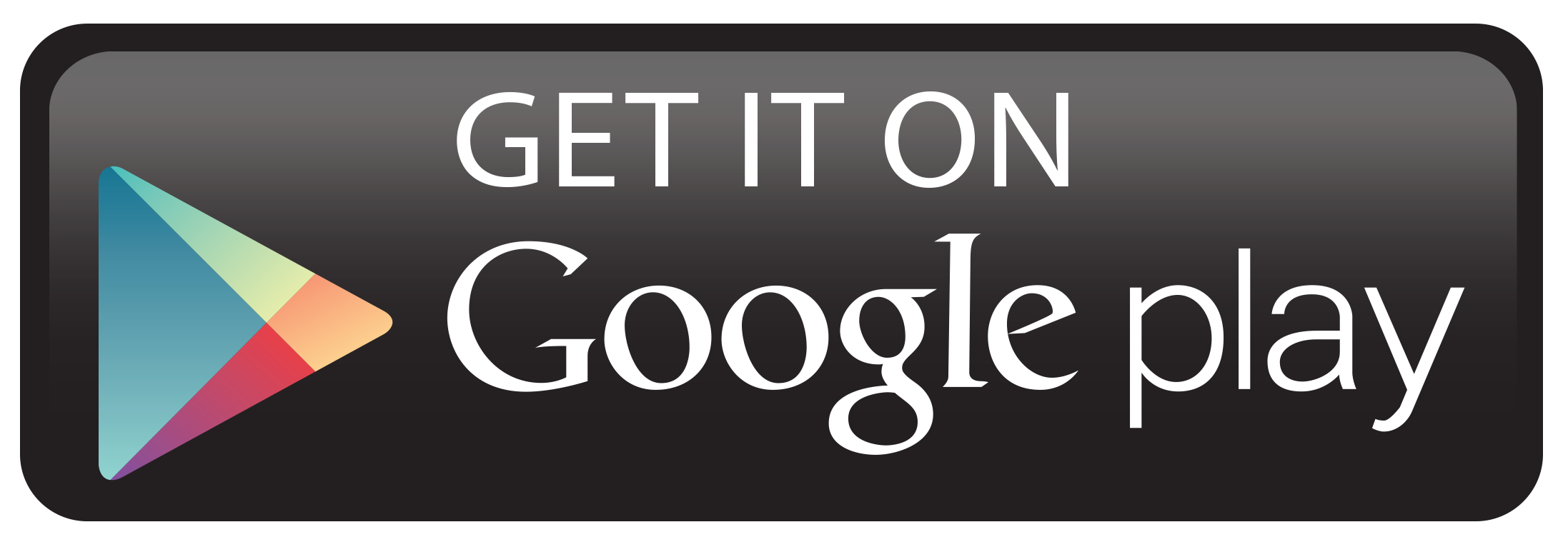Fuel Hotel Marketing Podcast: Episode 53 – Everything Your Hotel Needs To Know About Attribution Modelling
There’s a lot of talk in the industry right now about attribution modelling and that scares the daylights out of a lot of people because it’s super-complicated. Well, your friends at Fuel are here to help shine a light on the ins and outs of attribution modeling and all of the considerations you should be making.
UPDATE 05/23/2017: since recording this episode, it looks like Google is rolling out the ability to use attribution modeling (cross-device AND cross-channel) within AdWords now.
http://marketingland.com/
CLICK THE PLAY BUTTON BELOW TO START LISTENING.
If you like what you hear, please leave a comment below, share it with your friends, and also leave a review.
========================
Show Notes:
What Is Attribution Modelling?
Attribution modeling is where a hotel creates one or more rules that help calculate the credit for bookings or other conversions that should be assigned to various customer interactions throughout the sales funnel.
Why should hotels use an attribution model?
Attribution modelling creates an apples-to-apples comparison for your marketing efforts and allows hotel marketers to make smart decisions about where they should invest more and where they should pull-back.
Marketing has become significantly more complicated over the years and requires more sophisticated tracking and analysis to understand the impact that your marketing dollars are having on your hotel’s business.
Factors to Consider
- Source of the data
- Type of interaction
- Length of cookie
- Time between interaction and conversion
- Where the interaction was in the funnel
- Was it new or repeat business
- Lifetime value of the customer
- Consumers are using multiple devices
- Are you including the management cost in your ROI/ROAS?
- What type of attribution model your vendor is using
Different Types of Attribution Modeling
Let’s discuss a specific scenario:
A potential guest finds your hotel website by clicking one of your paid search ads in Google AdWords. The consumer then returns two weeks later by clicking over from a Facebook organic post that has a campaign ID. That same day, they comes back a third time via one of your guest history email special offer, and a few hours later, returns again by typing your url into a browser and making a booking that was worth $1,000.
Last Click – the last click or source of traffic that occurred prior to the booking—in this case, the Direct channel—would receive 100% of the credit for the sale.
Direct Booking = $1,000
Last Campaign – all direct traffic (and often referred traffic) is ignored, and 100% of the credit for the sale goes to the last channel that the customer clicked through from before converting—in this case, the Email channel.
Guest History Email = $1,000
First Interaction – the first touchpoint—in this case, the AdWords campaign—would receive 100% of the credit for the sale.
adWords = $1,000
Linear – each touchpoint in the conversion path—in this case the Paid Search, Facebook, Email special, and Direct channels—would share equal credit (25% each) for the sale
adWords = $250
Facebook = $250
Email = $250
Direct = $250
Time Decay – the touch points closest in time to the sale or conversion get most of the credit. In this particular sale, the Direct and Email channels would receive the most credit because the customer interacted with them within a few hours of conversion. Facebook would receive less credit than either the Direct or Email channels. Since the adWords interaction occurred one week earlier, this channel would receive significantly less credit.
adWords = $50
Facebook = $200
Email = $375
Direct = $375
Position Based – this is where first and last interaction is prioritized over everything else. For example: 40% credit is assigned to each the first and last interaction, and the remaining 20% credit is distributed evenly to the middle interactions.
adWords = $400
Facebook = $100
Email = $100
Direct = $400
Takeaways:
- It doesn’t matter what attribution model you use as long as you’re consistent and fair to all marketing effort
- Sometimes, it helps to look at the data using multiple attribution models to get a better grasp of how specific channels impact your business.
- There are tools that can make your life easie
- Don’t over think it. Your model should be accurate, but doesn’t need to be precise.
Watch Fuel in our upcoming webinar
Sign Up Now
Online Bookings Trends: Understanding Traveler Behavior for Smarter Hotel Marketing
May 9 at 11am ET
Presented by Fuel. TrustYou and Travel Tripper.
========================
In The News
Google Hotel Reviews & Ratings Test
https://alakov.com/blog/google-hotel-reviews-test
Google Hotel Ads Becoming The Behemoth Everyone Feared
https://skift.com/2017/04/24/google-hotel-ads-is-becoming-the-behemoth-everyone-feared/
Voice Search Getting Louder In Travel
https://www.tnooz.com/article/voice-search-travel-brands/
========================
Download the Fuel & Flip.to Website Behavior Study at www.fueltravel.com/websitestudy/
========================
Follow Us on Twitter:
@_travelboom
@stuartbutler
@marketingmeisha
@makavanagh
@pdimaio
Submit your questions and topic ideas on Twitter to @_travelboom. Download our leisure travel study at www.fueltravel.com/study/.


